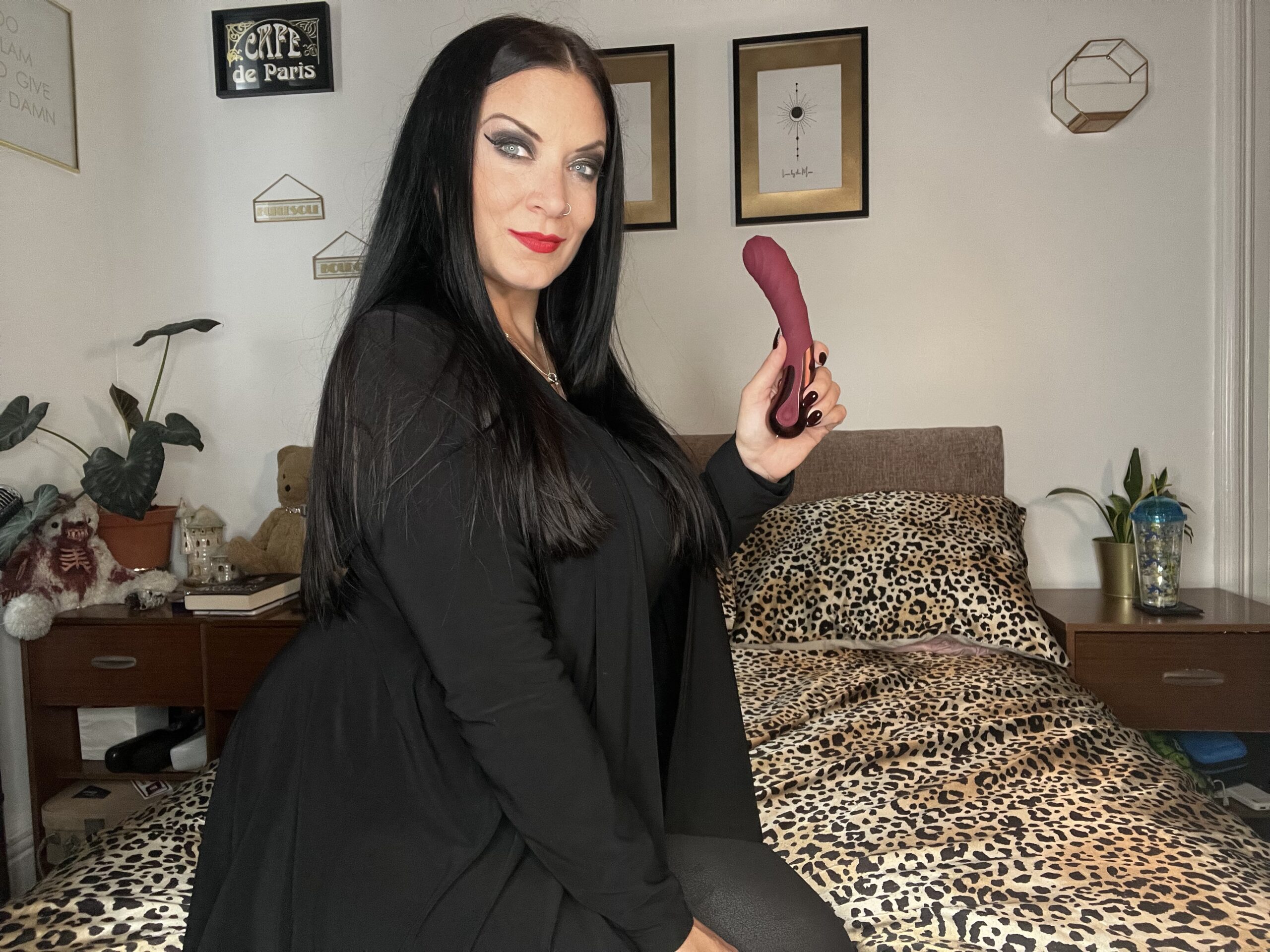Historical Context
The concept of non-traditional relationships, particularly those that blur the lines between romantic and platonic love, has gained significant attention in recent years. This phenomenon is often referred to as queerplatonic relationships, a term coined by poet and writer Nicole Byer’s friend, Kat Blaque, who wrote an essay about it in 2017.
Historical context plays a crucial role in understanding the evolution of queerplatonic relationships.
- The idea of platonic love has been present in various cultures throughout history, but its connotation and expression have varied significantly across time and geography. In ancient Greece, for example, the concept of philia was deeply intertwined with romantic love.
- In many indigenous cultures, non-hierarchical relationships between family members and community members are common and deeply valued.
- The 19th and early 20th centuries saw a rise in queerplatonic relationships, particularly among men, where friendships were considered idealized and desirable. This was partly influenced by the societal norms of the time, which often discouraged same-sex attraction but allowed for close male friendships.
These historical contexts have shaped our understanding of what it means to love someone without romantic feelings, laying the groundwork for contemporary discussions around queerplatonic relationships.
Emotional Intimacy

Emotional intimacy refers to the depth and closeness of emotional connection between two individuals, often characterized by feelings of trust, vulnerability, and deep understanding.

In a queerplatonic relationship, emotional intimacy takes on a unique form that blends elements of friendship, romance, and sometimes even familial bonds. This type of relationship challenges traditional notions of romantic love and intimacy, instead embracing a more fluid and flexible approach to connection.
At its core, emotional intimacy in queerplatonic relationships is built on mutual respect, trust, and a deep understanding of each other’s emotions, desires, and boundaries. It’s a connection that’s often characterized by intense laughter, deep conversations, and a sense of shared experience.
One key aspect of emotional intimacy in queerplatonic relationships is the absence of romantic expectations. This allows individuals to focus on building a strong emotional foundation without the pressure of traditional romantic roles or labels.
The benefits of emotional intimacy in queerplatonic relationships are numerous, including a deep sense of connection, reduced stress and anxiety, and a greater sense of fulfillment and happiness.
Potential Benefits
A growing number of individuals are navigating non-traditional relationship landscapes, where love and intimacy know no bounds. At the forefront of this shift is the concept of queerplatonic relationships, a term that seeks to capture the complexities and nuances of romantic connections that defy traditional labels.
Non-Judgmental Support Systems

A queerplatonic relationship is a unique and innovative form of connection that prioritizes emotional intimacy, mutual support, and care for one another without the expectation or requirement of a romantic partnership.
One potential benefit of queerplatonic relationships is that they allow individuals to cultivate deep and meaningful connections with others outside of traditional heteronormative norms. This can be particularly empowering for people who may not identify as gay, lesbian, bisexual, or straight, but still desire intimate relationships.
Non-judgmental support systems are a crucial aspect of queerplatonic relationships. When individuals feel seen, heard, and accepted by their partner, they are more likely to feel empowered to be themselves without fear of rejection or judgment. This creates a safe space for growth, exploration, and self-discovery.
Another benefit is that queerplatonic relationships can provide a sense of community and belonging. When individuals connect with others on a similar level, they may find that they share common values, interests, and experiences that bring them closer together.
Furthermore, non-traditional relationships like queerplatonics can challenge societal norms and expectations around intimacy and relationships. By embracing alternative forms of connection, individuals can help to create a more inclusive and accepting environment for all people, regardless of their identities or orientations.

Societal Perceptions
The concept of non-traditional relationships has been gaining attention in recent years, and one such relationship type that’s sparked curiosity is queerplatonic.
Queerplatonic relationships are often misunderstood as a fluid or flexible version of platonic relationships, but they can be more complex and nuanced than that. In fact, the term “queerplatonic” was coined to describe relationships that don’t fit into traditional categories, such as romantic partnerships or familial bonds.
Societal perceptions play a significant role in shaping our understanding of queerplatonic relationships. Language and terminology can be limiting, with many people assuming that queerplatonic relationships are either “just friends” or somehow less legitimate than other types of relationships. However, these relationships involve deep emotional connections, intimacy, and often, mutual support.
Another misconception about queerplatonic relationships is that they’re only for LGBTQ+ individuals or those who identify as queer. While this may be true for some people, queerplatonic relationships can also be between cisgender individuals who are friends or close companions.
Moreover, societal expectations around intimacy and commitment can make it challenging to navigate and communicate about queerplatonic relationships. People often expect individuals in these relationships to have labels like “boyfriend” or “girlfriend,” which can be uncomfortable for those who prefer more ambiguity.
Ultimately, the definition and experiences of queerplatonic relationships will continue to evolve as societal perceptions change and language becomes more inclusive. By promoting understanding, acceptance, and respect, we can work towards creating a more supportive environment for individuals in these unique relationships.
Navigating and Maintaining
Navigating the complexities of human connection can be a lifelong journey, and for many individuals, traditional romantic relationships may not be enough to satisfy their emotional and affectionate needs. In recent years, a new term has emerged in the LGBTQ+ community: queerplatonic relationships. A queerplatonic relationship is a type of non-traditional bond that falls outside the realm of romantic love but still carries deep emotional intimacy, attachment, and commitment between two individuals, often without any expectations of sex or physical affection.
Communication and Boundaries
Navigating and maintaining communication is crucial in any type of relationship, including non-traditional ones like queerplatonic relationships. Effective communication involves actively listening to each other’s needs, desires, and boundaries, as well as being open and honest about one’s own. This means creating a safe space for both parties to express themselves without fear of judgment or rejection.
Establishing and maintaining boundaries is also vital in queerplatonic relationships. Boundaries can be romantic, emotional, physical, or spiritual, and it’s essential to discuss and agree upon them with your partner. By setting clear boundaries, you can avoid misunderstandings and ensure that both parties feel respected and valued.
Communicating about expectations, desires, and needs is also a key aspect of navigating and maintaining queerplatonic relationships. This includes discussing what the relationship means to each person, what kind of intimacy or affection are comfortable with, and how to navigate conflicts or difficult emotions.
Finally, establishing a routine or ritual that works for both partners can help solidify the bond between you. This could be as simple as having regular check-ins or creating a shared activity that you both enjoy. By doing so, you can create a sense of stability and familiarity in your queerplatonic relationship.
Ultimately, navigating and maintaining communication and boundaries is an ongoing process that requires effort and commitment from both parties. By prioritizing open and honest communication, setting clear boundaries, and establishing routines or rituals that work for both of you, you can build a strong and fulfilling queerplatonic relationship.
Ignite your fantasies with outfits from Peaches and Screams Buy Sexy Teddies for sensual and intimate wear at Peaches and Screams Shop Autoblow toys for realistic and hands-free pleasure at Peaches and Screams Shop G-Vibe toys for versatile and exciting experiences at Peaches and Screams Shop sexy briefs at Peaches and Screams Explore Bondage Leather Restraints for thrilling BDSM play at Peaches and Screams Shop sexy tights, fishnet tights, and suspender tights at Peaches and Screams
A Glossy Life Blog Madison Art Therapy Canniant Ayiti Natives Otherwheres Magazine
- Why Are So Many Girls Getting Lip Fillers? - November 14, 2025
- What Is The 8 Point Non Surgical Face Lift? - November 11, 2025
- What Age Can I Get Lip Filler - November 9, 2025
